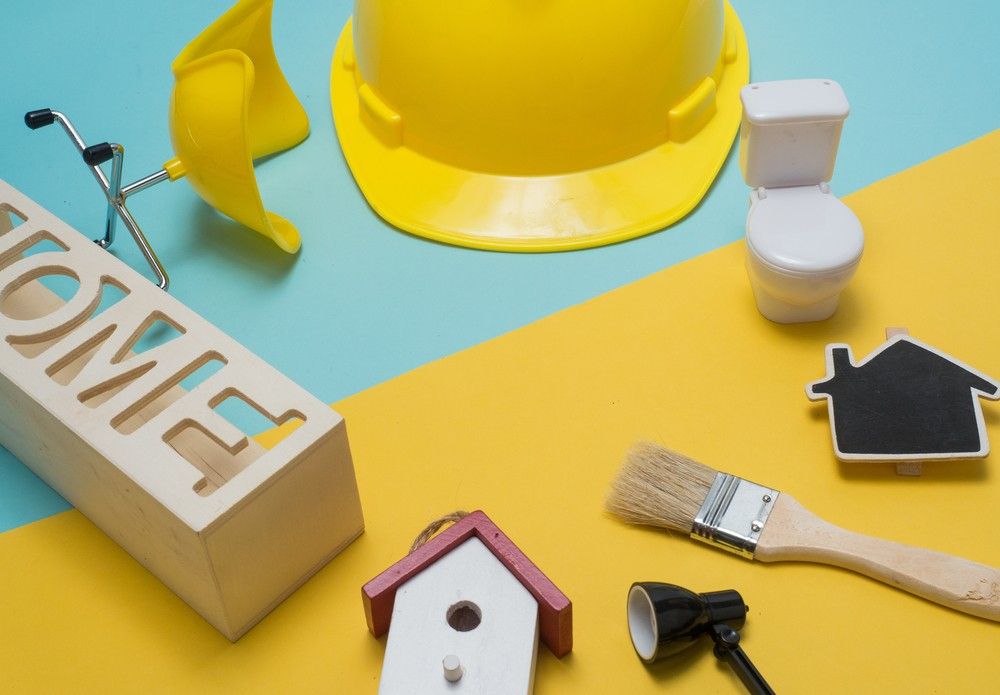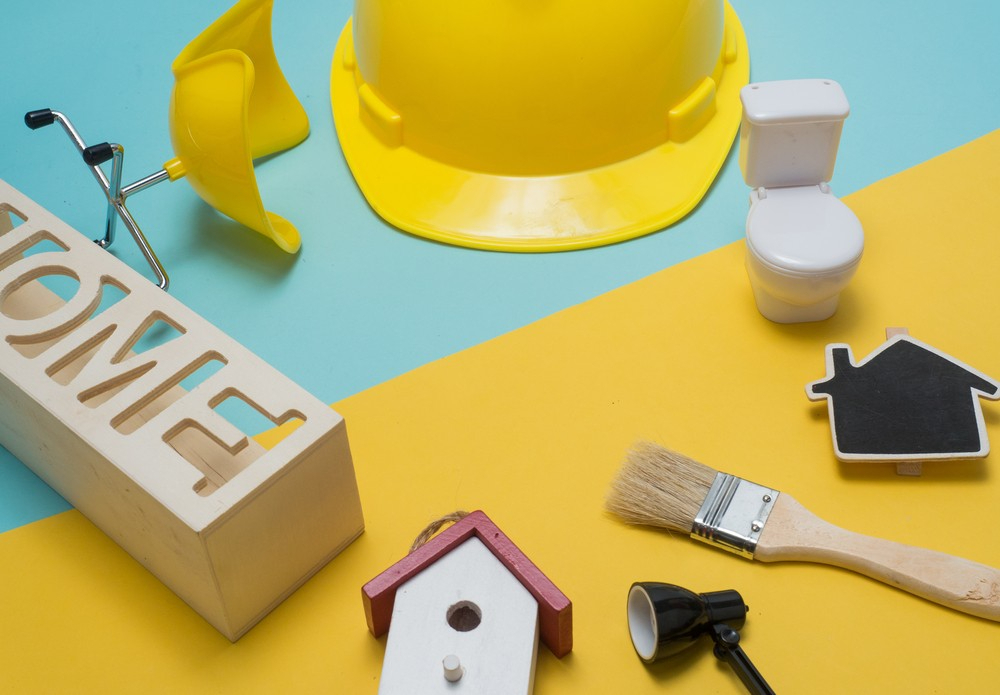You have found the perfect fixer-upper - imagining what a room could look like with a fresh coat of paint and some upgrades. For many home buyers, this is an enticing scenario, and the plethora of home renovation shows and social media posts have romanticized the process of turning an old home into the perfect space even more. The reality, however, is that if you walk into buying a fixer-upper blindly, it might not be the dreamy outcome you hoped for but a neverending money pit.
How do you know the property is the one?
It goes without saying that a fixer-upper will have some maintenance issues. However, it shouldn't be major items such as the foundation, roof, sewer, or electrical work.
Work that needs to be done on the property should be categorized into things that you could improve with a coat of paint, some cleaning, or more minor upgrades to the bathroom or kitchen.
The logic behind this is that if the house is in decent condition, you can allocate your budget to improvements and not repair. It could be the reason behind getting a high-end gas stove installed instead of settling for a cheaper stove to stay within budget.
4 Red flags you need to keep an eye out for when buying a fixer-upper
1. Water Damage
Take your time when viewing the property to really check for water damage. Look for water stains on the ceilings and around the interior baseboards and trims of the home.
Any swelling in the walls is a sign of serious trouble. Swelling or buckling of your walls means that the wood or drywall has absorbed quite a lot of water, especially if you can visibly see the effect. This can be the effect of continuous absorption from a minor leak or the effect of a storm or flooding.
If you can smell dampness and mildew, you know that there is water damage that might not be visible.
Depending on how long this has been occurring, rot and structural damage can result. Mold is another big concern with water damage, not least for its health implications, but also because it can be costly to remediate.
2. Structural Issues
Foundations can be expensive to fix which is why it’s important to look for any signs of structural damage — sloping floors, cracks in the ceiling, and windows and doors that won’t open or close properly.
This is where you will need the help of a professional. If you spot cracks in the wall it is best to call in a home inspector that will be able to help identify if the minor damages are from the home settling on its foundation over time or if there are major structural issues.
3. Roofing issues
Not every house will have a brand-new roof but it should be in decent condition. Roofs are an item that costs thousands to replace, and if it hasn’t been maintained, it can result in issues down the road. Most shingle roofs have a lifespan of around 20 years so it is imperative that you find out the age of the roof before buying the house.
4. Electrical or Plumbing that isn't compliant
If the home has been standing empty for a long time your best bet would be to have electricians and plumbers come out and do an inspection for you. If the cost of replacing items is too high you could always negotiate a better price on the property, but you will also be armed to make a better assessment of whether or not you have the funds available to take the leap.
In newer homes, you should ask for compliance certificates for the electrical work and plumbing to avoid costly issues later.


